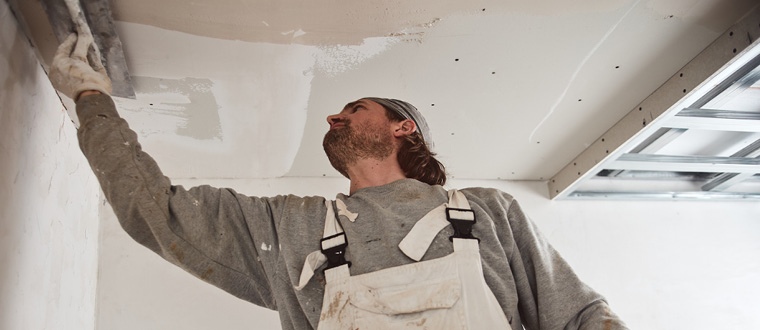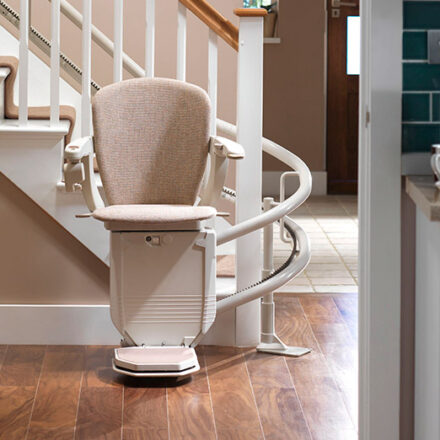
Mastering Plastering: Must-Have Tools and Equipment for a Pro Finish!
Plastering walls is a great way to transform your home, whether starting from scratch or giving a room a fresh update. While it may seem daunting at first, you can achieve a professional finish without breaking the bank with the right tools and equipment. Here are the essential tools and equipment you will need to plaster walls in your home:
Plaster
First and foremost, you will need to purchase plaster. Many different types of plaster are available, each with its specific use. Depending on your preference, you will want to use gypsum or lime plaster for plastering walls. Gypsum plaster is easier to work with, dries faster, and is less expensive than lime plaster, but lime plaster is more breathable and durable over time.
Trowel
A trowel is one of the essential plastering tools you will need when plastering walls. This flat, pointed tool is used to apply and smooth the plaster onto the surface. Trowels come in different sizes, so you will want to choose one appropriate for the size of the job you are undertaking.
Mixing Bucket
Plaster needs to be mixed with water to achieve the right consistency for application. A mixing bucket is a useful tool for this process. It should be large enough to hold the plaster and water and sturdy enough to withstand the mixing process.
Mixing Drill
While it is possible to mix plaster by hand, it can be a tiring and time-consuming process. A mixing drill can make the job much easier and faster. A good mixing drill will save you time and effort and ensure the plaster is properly mixed to achieve the desired consistency.
Hawk
A hawk is a flat, square board with a handle on one side. It holds the plaster as you apply it to the wall. The hawk makes it easier to apply the plaster evenly and efficiently and reduces the risk of splattering or dropping the plaster.
Plastering Float
A plastering float is used to smooth the plaster once it has been applied to the wall. This tool is particularly useful for achieving a professional finish. A float is a rectangular and flat tool with a handle on one side. It is used to smooth the plaster by pressing and pulling it across the wall’s surface.
Spirit Level
A spirit level is essential for ensuring that your plastered walls are level and straight. You can use this tool to check that the plaster is applied evenly, and the surface is smooth. You can also use a spirit level to ensure that corners and edges are square.
Plasterer’s Rule
A plasterer’s rule is a long, flat tool used to measure and level the plaster as you apply it to the wall. The rule can be used to check that the plaster is applied evenly across the surface and to ensure that the thickness of the plaster is consistent.
Plasterer’s Sponge
A plasterer’s sponge is used to smooth and clean the surface of the plaster once it has been applied to the wall. The sponge is wetted with water and used to gently wipe over the surface of the plaster to remove any imperfections or excess plaster.
Protective Clothing
Plastering can be messy, so it is important to wear protective clothing to keep yourself and your clothes clean. It may include overalls, gloves, and safety goggles. It is also a good idea to cover any furniture or flooring in the room to protect it from splatters or spills.




